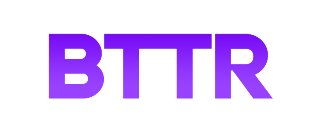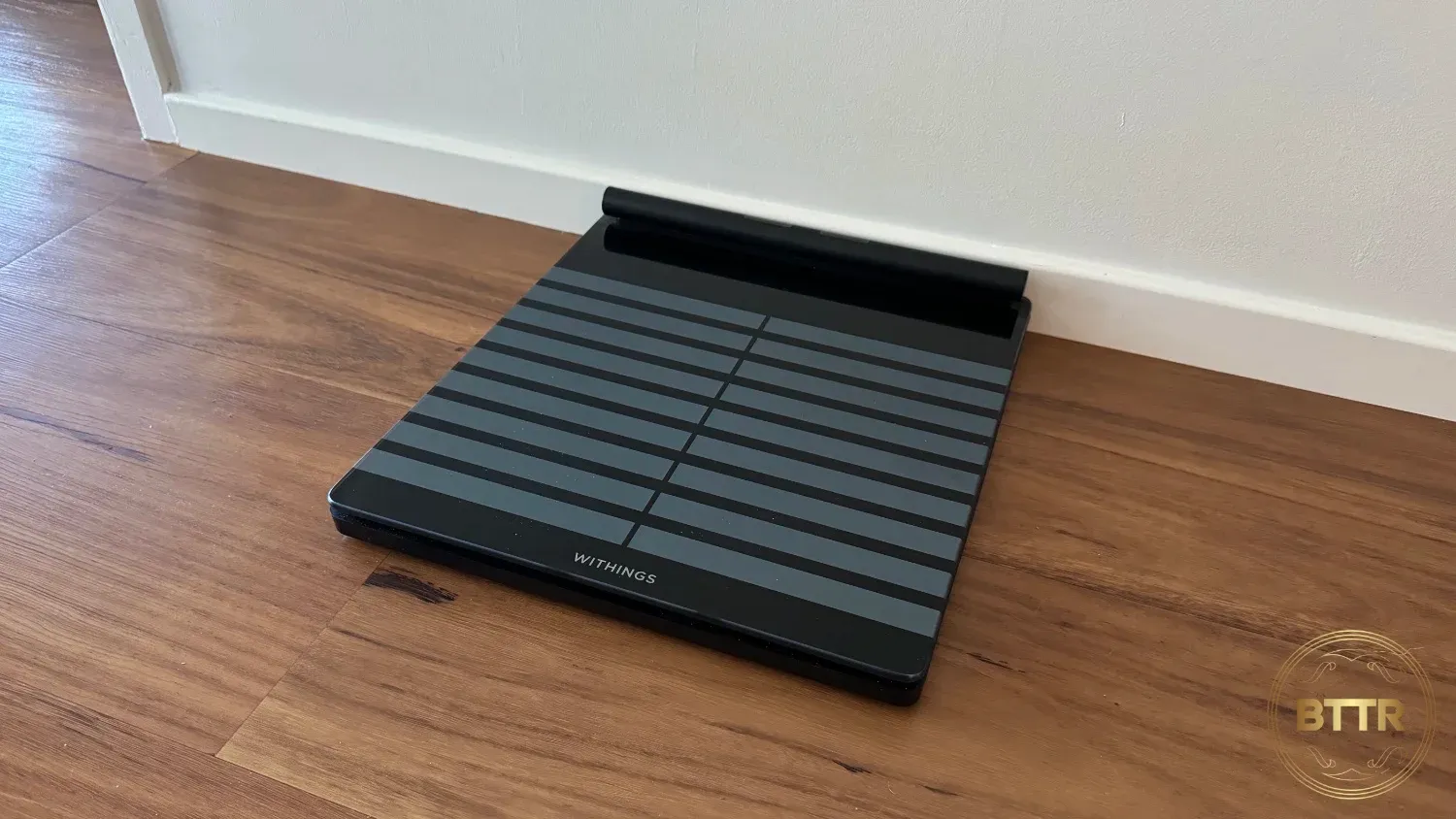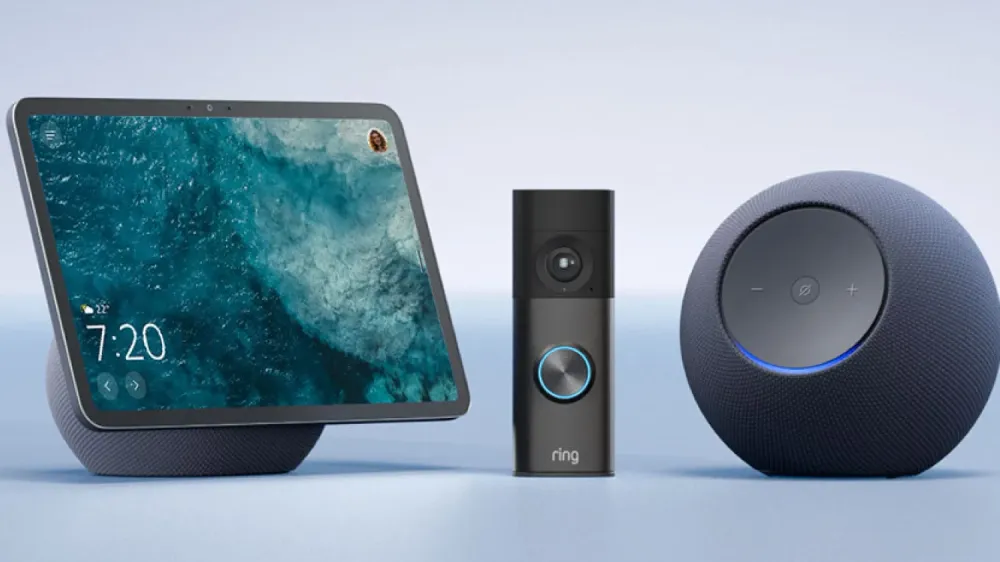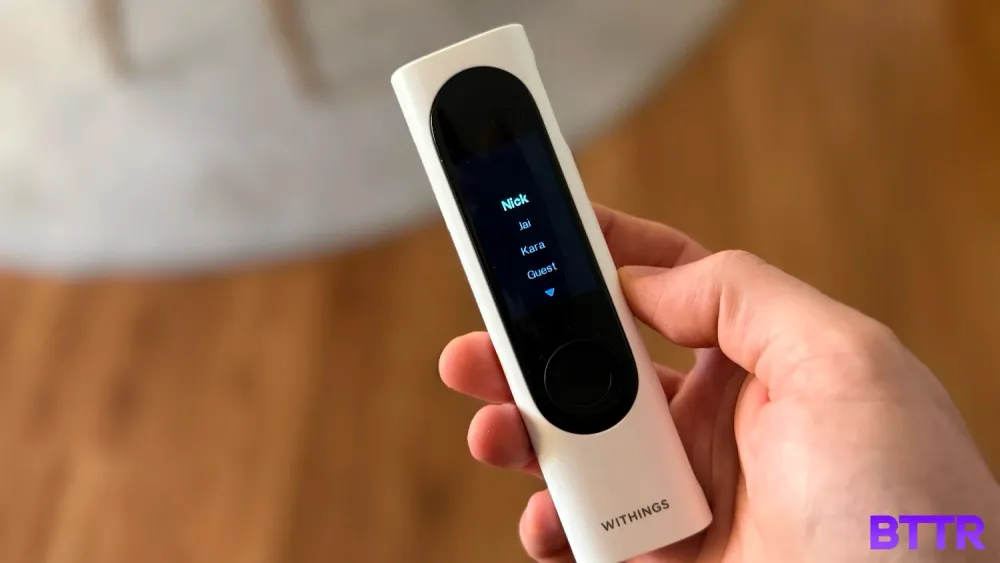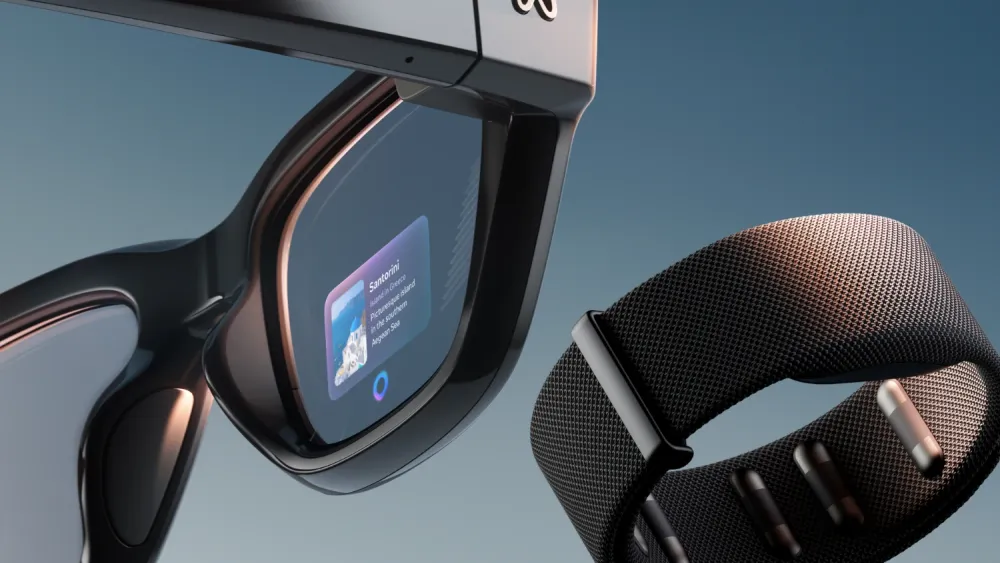BTTR is independent, but we may earn money when you purchase through links on our site.
Pros
- Quick and easy to use
- Lots of really useful data
- Plenty of clear info on the nice display
Cons
- The price
- Getting ECG readings can be tough
🛒 Where to buy Withings
Available from these trusted retailers:









BTTR is independent, but we may earn money when you purchase through links on our site. This helps us cover costs and continue providing honest reviews. Find out why you should trust us.
I’ve been weighing myself daily for the past two months as part of my review of the Withings Body Scan health station. It’s by far the most advanced set of scales I’ve ever used, and is likely overkill for many people.
But if you want a detailed breakdown of your health and wellbeing, then the Body Scan will definitely help you collect the data.
The fact it seamlessly integrates with Apple Health is a plus, but more useful is when it connects in with the Withings health ecosystem.
The biggest hurdle with the Body Scan is its price, which at $799 RRP is about 40x the price of a basic set of scales from Kmart.
So it’s not for everyone. But price aside, I can’t really fault it for the work it does.
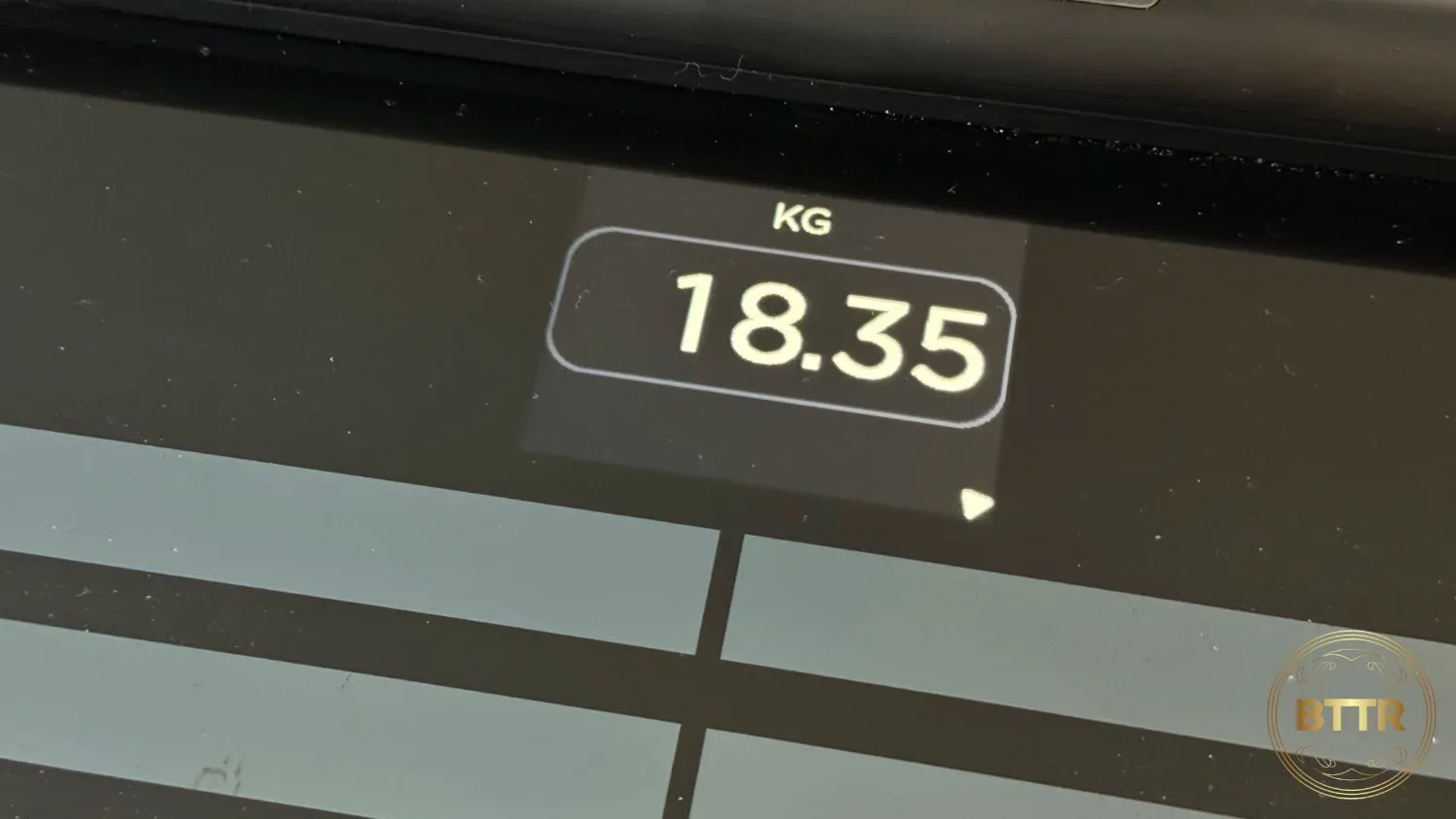
Design
The Withings Body Scan looks similar to pretty much every pair of digital body weight scales you’ve ever seen.
There are a couple of key differences that stand out, though. The first is the retractable handle. It rests at the top of the scale, ready for you to grab it and hold it while it takes your measurements.
You get an attachment that allows you to connect the handle to a wall so you don’t have to bend down to grab it every time. While I longed to use it, so I didn’t have to squat down, the fact it forced me to squat was probably a good thing.
Below the handle is the second difference: a large 2.8-inch LCD screen that gives you all your info in a clear, easy to read manner.
It’s also invisible when it’s not powered on, so it doesn’t look completely out of place.
The third difference is the segmented lines of the scale itself. The Body Scan’s tempered glass can support weights of up to 200 kg, and the glass looks quite striking in a well-lit environment. It does mean dust shows on top of it a lot, though.
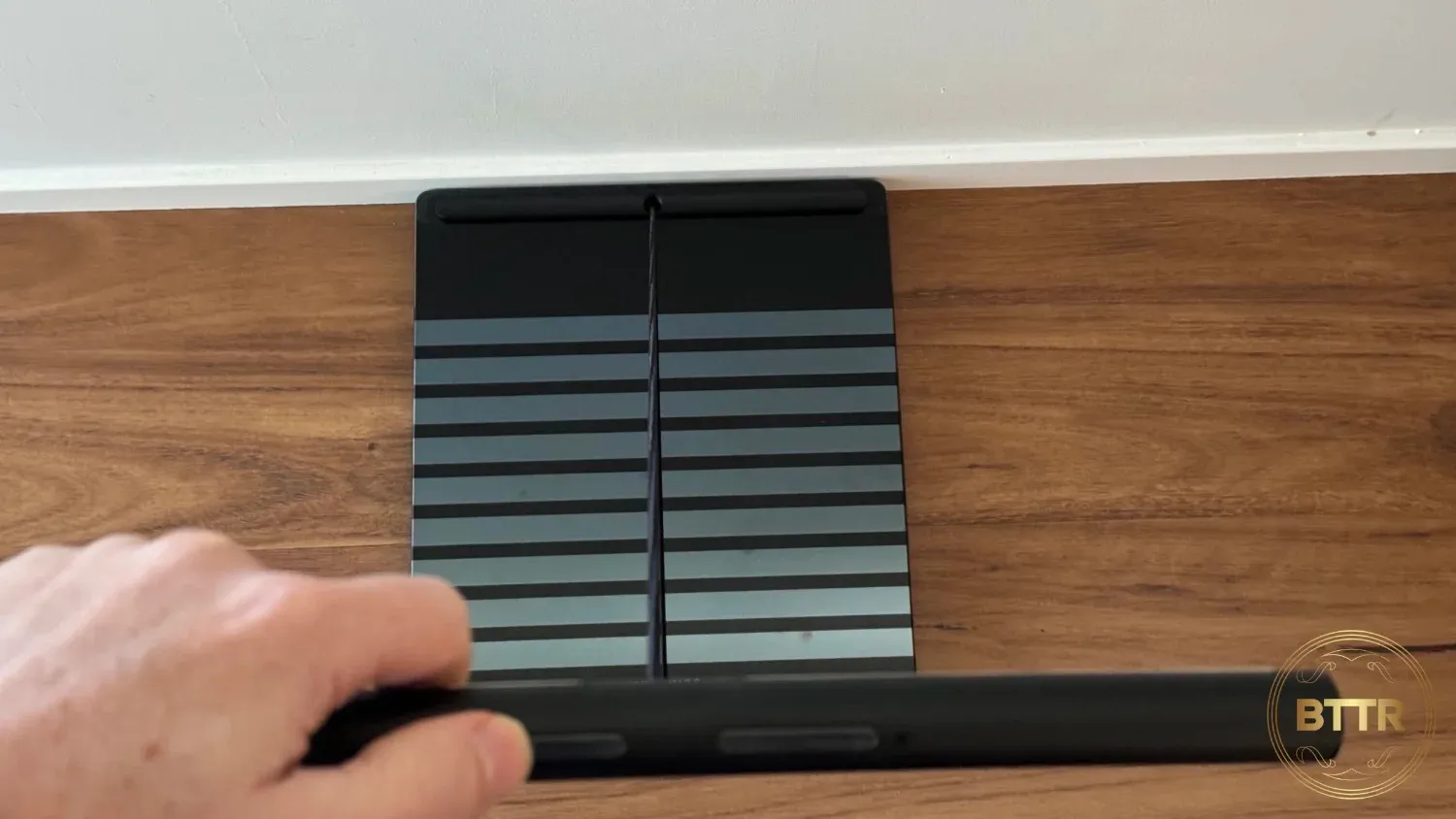
Features and measurements
So what does the Body Scan measure that your everyday set of scales won’t do?
A lot.
The entire scanning process takes a bit over a minute. In that time, it will give you the following measurements, though you can customise what you see in the app:
- Weight
- Weight measurement
- Weight trend
- BMI
- Body Composition
- Fat mass
- Muscle mass
- Visceral fat
- Body Water
- Bone mass
- Heart
- ECG 6-Lead
- Heart rate
- Vascular Age
- Feet analysis
- Nerve Health Score
- Lifestyle
- Steps
- Weather
- Air Quality
Plus, that information is broken down even further within the app. You can see trends, segmental analysis of things like muscle mass and fat mass for different sections of your body, and also see how you to compare to other Withings users of your age.
The scale supports up to 8 different profiles, and you can easily scroll through them by leaning to one side when you first measure your weight.
WHat’s more, there are specialised modes to cater to different users. There’s a pregnancy mode, which deactivates certain settings and offers tips throughout your pregnancy.
There’s also an “eyes closed” mode that will only display your progress, rather than your weight, so you can focus on the journey rather than the numbers. Or if you prefer to ditch all the detailed data, there’s a weight-only mode as well.
And if you’re an athlete (or you work out more than eight hours a week with a resting heart rate under 60 bpm), there’s a mode that uses an alternate algorithm to measure your fat mass to consider your body type.
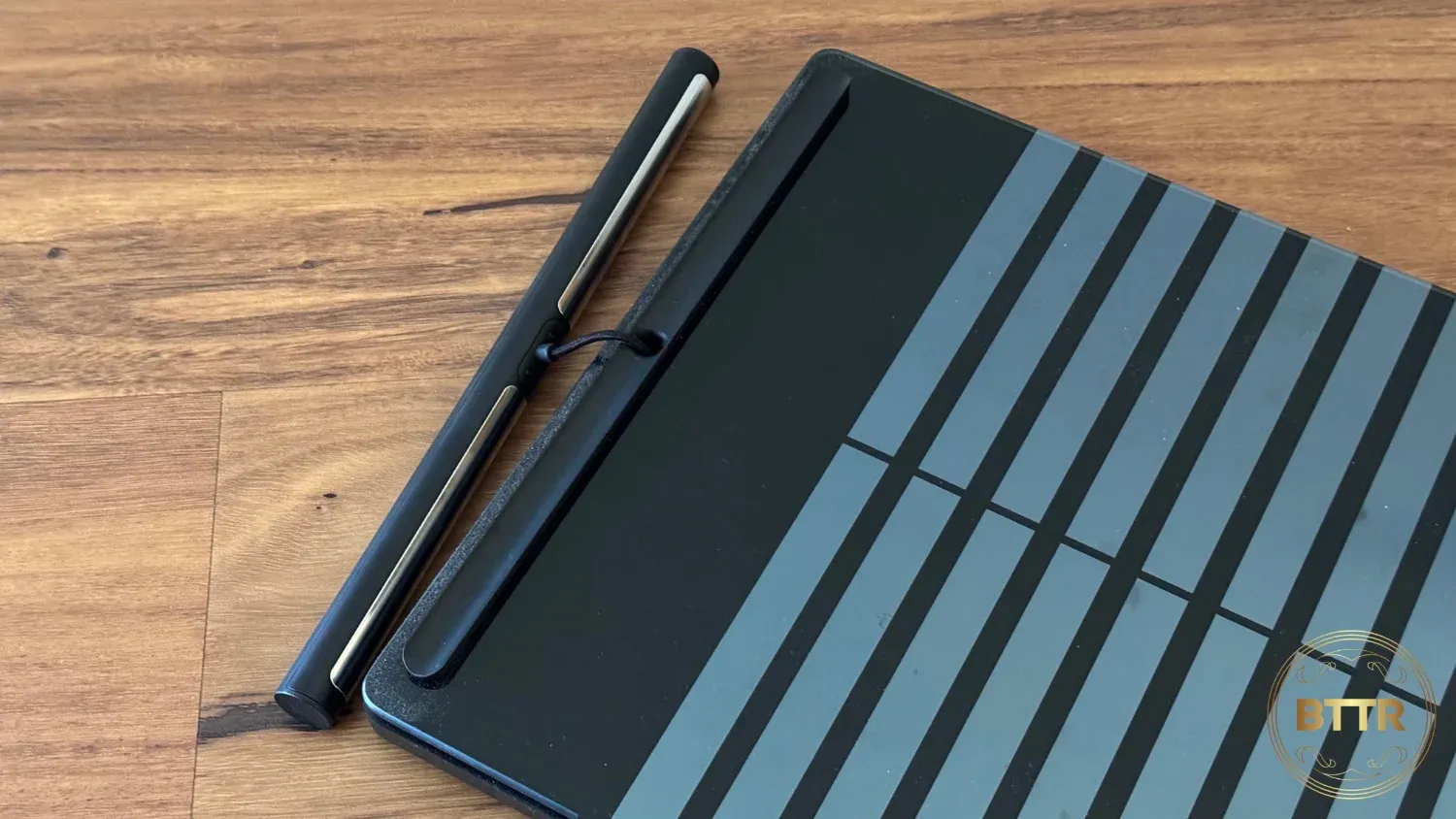
Performance
I have been using the original Fitbit Aria scales for years. While it’s not a fair comparison between them because of the Fitbit’s age, I can confidently say that the Withings scales are better in every way.
Weight measurement is fast. Almost as soon as you stop shifting your feet and find balance, the scales have captured your weight. From that moment, you go through a whirlwind of measurements that are done in a little over a minute.
I truly appreciate how the LCD screen shows you not just the measurement, but also the trend over the past week of measurements.
You need to hold the handle to get the more detailed measurements, and this is probably the only area I had some trouble. I got into the habit of measuring myself after a shower every morning at about the same time.
On multiple occasions, the ECG measurement would go crazy and give me a “poor recording” result. Occasionally, I could fix it by adjusting my grip on the handle, but often that wouldn’t work either.
In my mind, I was holding the handle the same way every time, but for some reason it wasn’t a 100% hit rate. 10 recordings over 53 days came back poor, so roughly 20 per cent.
And because the scanning moves so quickly, there’s no comms to suggest fixes to your grip or stance to make it work. You can go through the whole measurement process again once you’ve finished, but that’s probably overkill.
I also found the Nerve Health measurement a bit odd. Despite having results for most of April, in May it told me it would give me an accurate result towards the end of the month.
After a few weeks, it instructed me to take a “guided measurement” (essentially just another measurement after I’d been on my feet for a while), at which point it gave me a result. It seemed odd.
A quick note on battery life: Withings claims about a year, rechargeable over USB-C. I used the Body Scan for about 2 months, weighing every day, with my wife using it periodically as well.
I didn't charge it out of the box, and it still has 43%. Which is to say, that there's plenty of juice in this – I had to replace the AA batteries in the Fitbit Aria every few months.
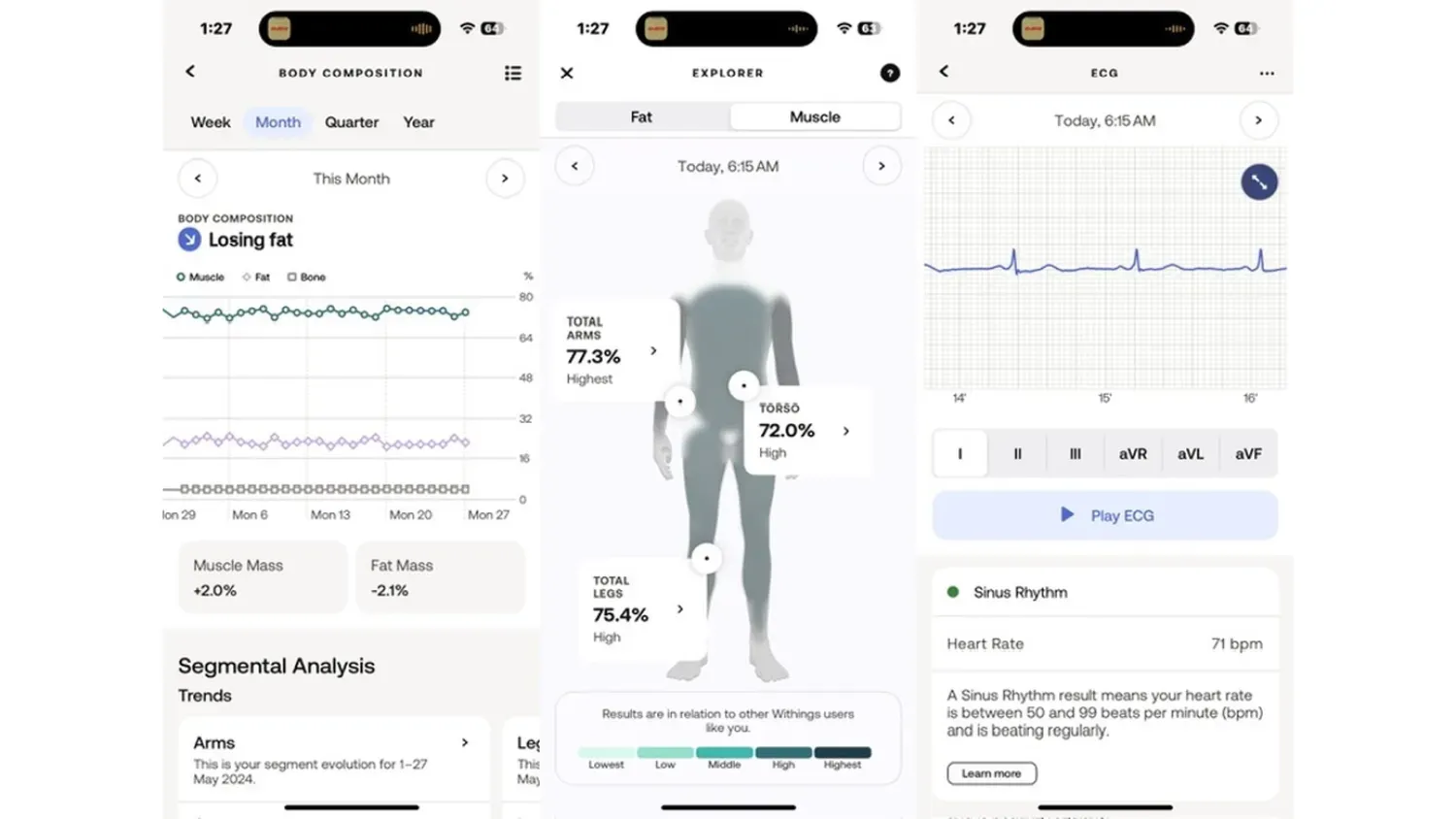
Breaking down the results in the app
The Withings app breaks down all the recordings in a fair amount of detail. The segmentation analysis is key for anyone serious about losing weight or gaining muscle, as you can see a breakdown of muscle and fat percentage in your arms, torso, and legs.
You can then compare that with a general insight into how you compare with other Withings users of a similar age and gender.
You can break down results by week, month, quarter, or year as well, to see how you perform over time.
And like with the Withings Sleep Analyser, you can easily export your health information from the app to share with your doctor to let them offer more detailed feedback based on your recordings.

Verdict
You need to be extremely committed to your health, or pretty well off financially to consider the Withings Body Scan. It is expensive, and not just by a little. It is prohibitively pricey for many.
But if you remove price from the equation, then it’s difficult to fault the Body Scan. It takes a heap of data recordings that are easy to follow, it’s easy to use and looks and feels well-built.
It has more options than any other set of scales you’re likely to find, and that data is undoubtedly useful for improving your health.
But you probably don’t need all that data to improve your health, or to maintain it if you already have it.
So ultimately, this becomes a product for health-focused individuals with deep pockets who want to keep track of their progress over time, or monitor health conditions effortlessly
🛒 Where to buy Withings
Available from these trusted retailers:









BTTR is independent, but we may earn money when you purchase through links on our site. This helps us cover costs and continue providing honest reviews. Find out why you should trust us.
